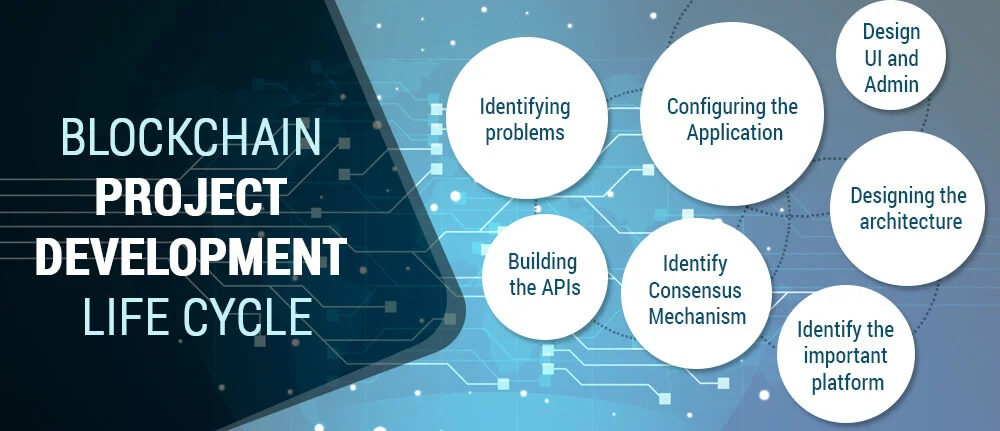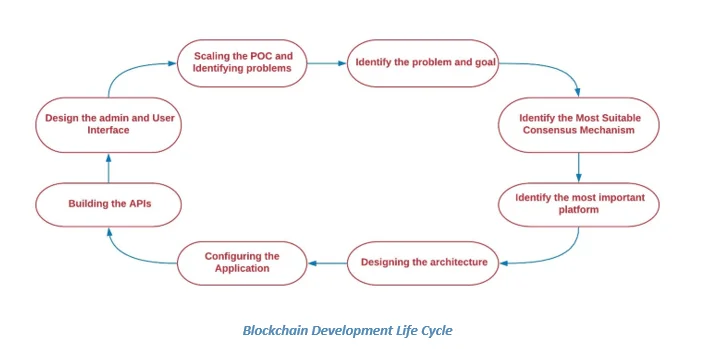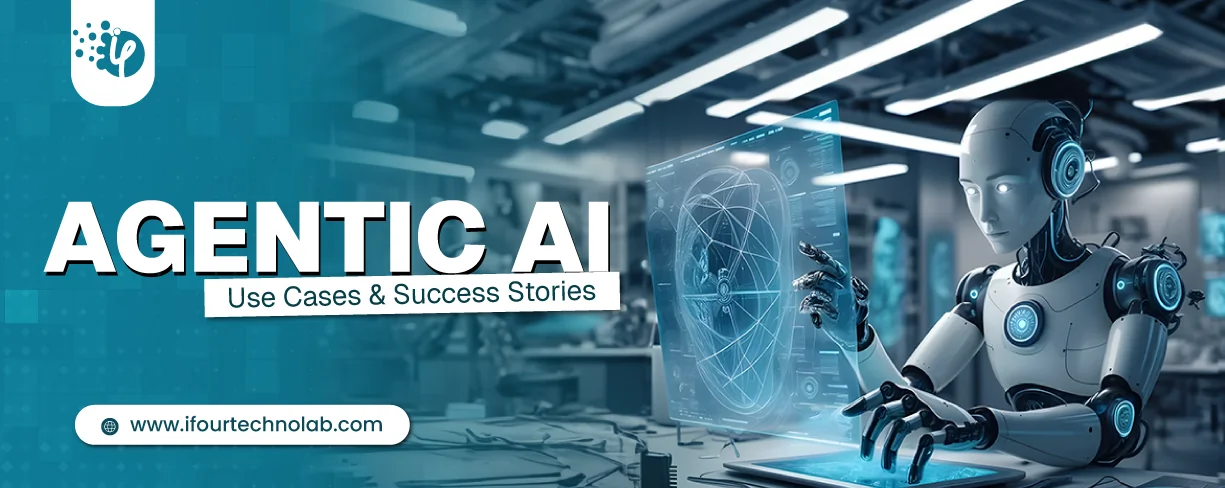For the last few years, many innovative technologies have emerged that changed the outlook of the digital world. Blockchain is being one of those emerging technologies which got believed would make an impeccable impact on the digital market in the near future. Underpinning with cryptocurrencies like Bitcoin and Ethereum, it has closed the doors for hackers and thrashed their hacking activities. Because of such security, many esteemed Blockchain Software development companies have started to adopt it.
In this blog, we will understand about Blockchain Project Development Life cycle in detail.
There are 8 steps to the Blockchain project development cycle that needs to be considered before starting any project in Blockchain. Let us decode, how to commence with Custom Blockchain Software Development in only 8 easy steps.



















